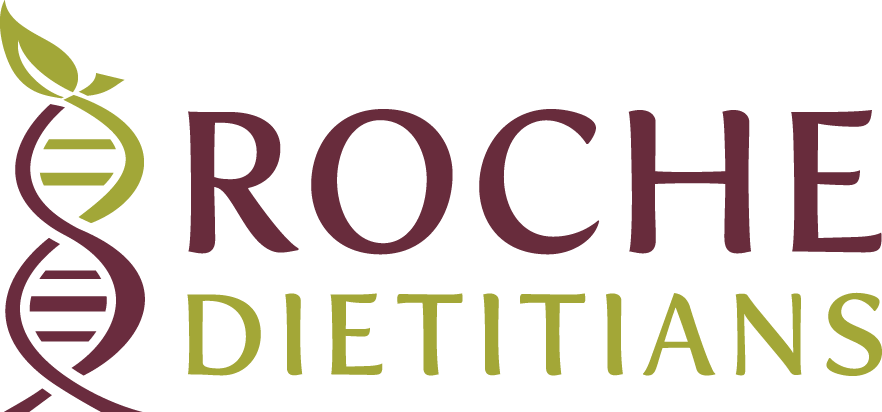Best Practices for Starting with IDDSI During Era of COVID-19
“You may be concerned about shifting from “emergency mode” and investing time in anything other than attending to crisis. But it’s important to not let high impact projects like IDDSI get lost.”
During this time of crisis, you’ve really had to take your efforts to the next level.
Your facilities have been locked down for months. You’ve been surrounded by fear and uncertainty. For some of you, restrictions are starting to ease, but for others, your operations continue to have significant limitations.
New priorities for foodservice teams during COVID-19
During this time of crisis, we have all been navigating new priorities in our kitchens. For most of us, these new priorities are:
1. Safety: Strict food safety and sanitation have become more important than ever in order to prevent the spread of disease.
2. Staffing: Redirected staff, reduced staff, or even low, or no staff have become the norm. Some staff have been redirected to deliver meals, and some are sick at home or are with their children. If there’s low staff, we all need to have an emergency menu in place.
3. High-impact projects: Taking a good look at your projects and processes has been key. Cleaning up redundancies and thinking about our priorities as they relate to our community mission and industry standards has been essential.
READ MORE: Rethinking the Emergency Menu for COVID-19
You’re vigilant about doing what keeps your residents as safe as possible. At most, only some of us are inviting our residents back into the dining room in limited numbers. You may be concerned about shifting from “emergency mode” and investing time in anything other than attending to crisis. But it’s important to not let priority number three — high-impact projects — get lost.
Focus on high-impact projects like IDDSI
With so much focus on sanitation, plus adjustments in meal delivery and service, we have to be strategic about what we’re going to work on. We still need to move forward to provide the best possible service for our residents.
Even amidst this time of crisis, it’s still important to stay focused. A vital part of maintaining focus is to invest in projects that have a high impact.
One of the most impactful projects a senior living community can take on is implementing IDDSI, or the International Dysphagia Diet Standardisation Initiative.
IDDSI is a standard for serving texture modified foods and thickened liquids to individuals with chewing and swallowing problems. It is the gold standard for safety, uniformity, and appropriate standards.
It’s true that implementing IDDSI is a major endeavor. But it’s vital to start now because IDDSI is impacting organizations worldwide, including anyone that serves people who have dysphagia. And of course, that’s all of us.
READ MORE: Your Ultimate Guide to IDDSI
Start with a strong foundation before you begin with IDDSI
As you begin to think about implementing IDDSI in your organization, the first step is to start with a strong foundation. Think about where you are at with your therapeutic diets because menus drive everything.
You will want to take the opportunity to develop a strong foundation by asking the following questions:
1. What diet orders are you serving?
2. Can you reduce the number of restrictive therapeutic diets you have?
3. If you’re serving older adults, are you serving diet orders that are not considered part of the New Dining Practice Standards?
4. How can you further streamline operations?
It’s important to keep in mind that the New Dining Practice Standards have been out since 2014. These standards support the use of the regular diet for most older adults because restrictive therapeutic diets can lead to unintentional weight loss. Unintentional weight loss can lead to a cascade of other undesirable outcomes.
The bottom line is, if you reduce the number of restrictive therapeutic diets you have, you streamline your kitchen operations. Since streamlined operations will give us space to introduce something new like IDDSI, now is the time to look at diet orders.
After liberalizing your diet, you will likely end up with a regular diet and some texture-modified diets for dysphasia patients. This will give you a strong foundation for implementing IDDSI in a streamlined environment. Once you’ve established your strong foundation, you can start to introduce IDDSI in a slow and steady way.
READ MORE: How Dysphagia Chefs and Dietitians Around the World Are Teaming Up to Tackle IDDSI
Don’t go it alone when implementing IDDSI
Once you have your strong foundation, implementing IDDSI is still not a simple process. It’s no secret that putting IDDSI into action in your organization is a significant effort. IDDSI affects menus, recipes, diet order transmissions, and other departments like nursing, activities, and even sales. You’ll also need to train your team on the framework. It’s a major undertaking.
For that reason, wherever you are in the IDDSI implementation process, it is vital to be a part of a community. Don’t go it alone.
Reach out to industry colleagues to find out what they’re doing. Learn from IDDSI.org and your professional organizations. Seek out best practices. Indeed, finding best practices is itself a best practice.
We’re suggesting this for you because we have found it works for us as we have been on the IDDSI journey for several years now. We’ve been gathering with others in our industry to share interpretations of the IDDSI framework, explore the testing methods, and learn about available products. We’ve presented webinars, and we’ve had conversations with our industry colleagues. We’ve learned a lot and we have some valuable information to share.


